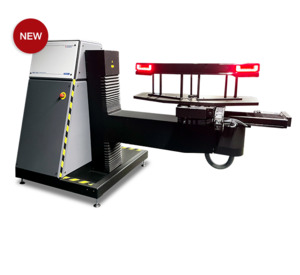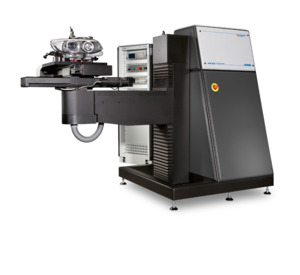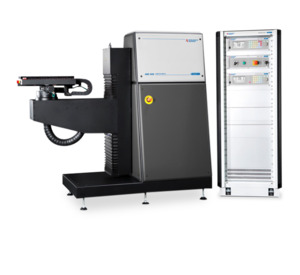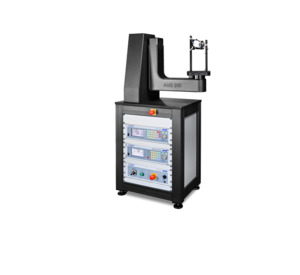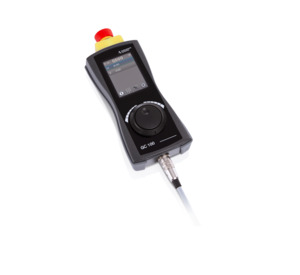The Goniophotometer for Automotive Lighting
The luminous intensity distribution describes a fundamental characteristic of luminaires. A goniophotometer is generally used to measure this property. The setup comprises a mechanical goniophotometer with a horizontal and vertical axis for rotating the test sample and a photometer for measuring the luminous intensity over a given distance.
The number of distribution curves for luminous intensity and the selection of specific measuring planes depend on the light source and the goniophotometer type. In accordance with the measuring planes A, B, or C there is a distinction into 3 goniophotometer types. The goniophotometers of the AMS series are goniophotometers of type A, according to CIE 121-1996 and IES-LM-75-01.They are the Optronic Line core products and subject to continuous improvements.
A unique attribute of this product line are the on-the-fly measurement scans that are possible with the fast DSP 10 / DSP 200 Photometer. The adaptive filtering of the preamplifier also permits measurement of pulse-modulated LED light sources. The goniophotometers are configured individually with further accessories, additional test setups, tristimulus colorimeters, retroreflectometers, and power supplies.
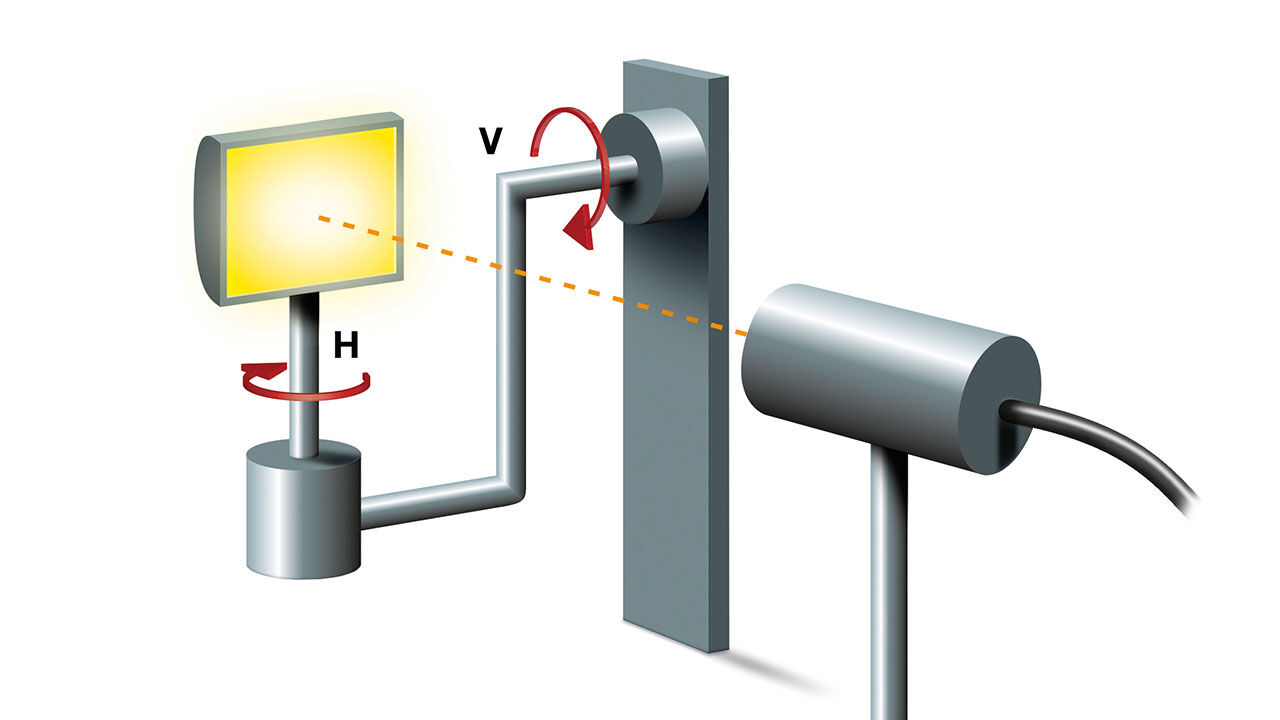
Type A goniophotometer
- Fixed horizontal axis and moving axis perpendicular to the latter
- Measurements performed by rotating the light source around the horizontal axis
- The second axis is in a fixed position (rotation versus elevation)
- Usually used for automotive lighting and other directed light sources (variable message signs, airfield lighting, etc.)
Photometric values
The following photometric values can be determined with a goniophotometer:
- Luminous intensity distribution in candela (cd) and illuminance distribution in lux (lx)
- Luminous flux in lumen (lm) by integrating the luminous intensity distribution
- Angle-dependent color coordinates and correlated color temperature in kelvin (K)
- Retroreflection in millicandela per lux (mcd/lx)
